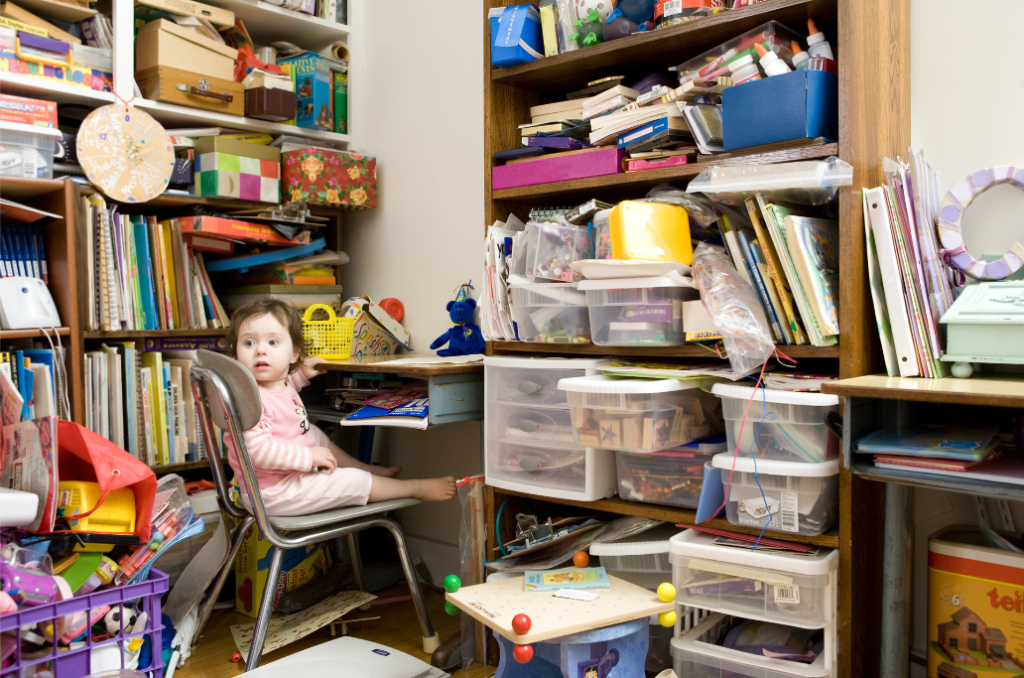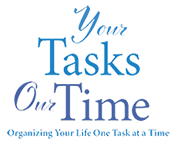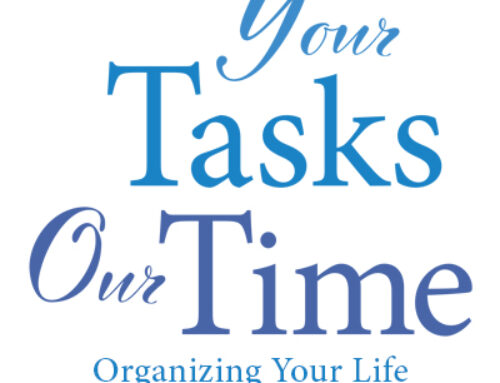 I am talking about the clutter of mind, body and living space. We all go through multiple transitions in life, such as marriage, children, career, illness, divorce and death of a loved one. These transitions can lead to or escalate disorganization in our lives and a loss of control.
I am talking about the clutter of mind, body and living space. We all go through multiple transitions in life, such as marriage, children, career, illness, divorce and death of a loved one. These transitions can lead to or escalate disorganization in our lives and a loss of control.
What is the Cost of Clutter?
Clutter can be expensive and the cost of clutter can be divided into 3 categories: financial, physical and emotional.
- The financial cost of clutter can result in lost or displaced money in the form of checks or fees. When unopened mail accumulates, it’s often followed by late fees that have accrued and missing tax records can lead to financial penalties.
- The physical cost of clutter includes stress and anxiety experienced by the inability to locate items when they are needed. Time wasted searching for items is frustrating and physically exhausting.
- The emotional cost of clutter frequently comes in the form of confusion and a sense that we have lost control of our circumstances.
How do we regain that sense of control?
Getting organized is one way we can take control of our daily lives and navigate through challenging transitions. We often feel that if we achieve a certain goal or arrive at a particular milestone, life will suddenly be better. There may be some truth to this, however, it’s frequently the journey itself that transforms us. The journey involves change which can be difficult and frightening. Even though we know that change is the only constant in life, we still resist it. We resist letting go of things, places and even people who are no longer a positive fit in our lives. Sometimes the act of “letting go” is the path to control.
De-clutter Your Mind, Body and Space
Let’s look at three organizing concepts to de-clutter your mind, body and space:
- Create a schedule: Make sure the entire family is informed and involved. The most imperative tasks should be scheduled first and the remaining tasks in order of importance.
- Make a list: This is the fastest way to physically reduce stress. This list can be created on paper, computer or dry erase board. The objective is to get the tasks out of your head, then use the list!
- Sort, categorize and purge! For small jobs like a junk drawer, sort all the items into categories that are similar in order to determine how much of each category you own. Then purge what you don’t want or need. The left-over items will determine the type of storage container needed for proper organization. For larger piles or stacks, like clothes, it’s best to simply sort items into “keep” and “let go”. The goal is to quickly reduce the size of the “keep pile” and then categorize and organize the remaining items.
Embrace the Journey
We can choose to embrace the journey or we can avoid it as the world moves forward. Change can be difficult and we all occasionally need a little help and guidance to arrive at our destination.
If you are struggling and need a little assistance, we would love to help you embrace the journey. Give us a call at 610.847.5422 or schedule a free consultation at https://yourtasksourtime.com/consultation/.
Darla Pompilio
Your Tasks – Our Time, LLC



